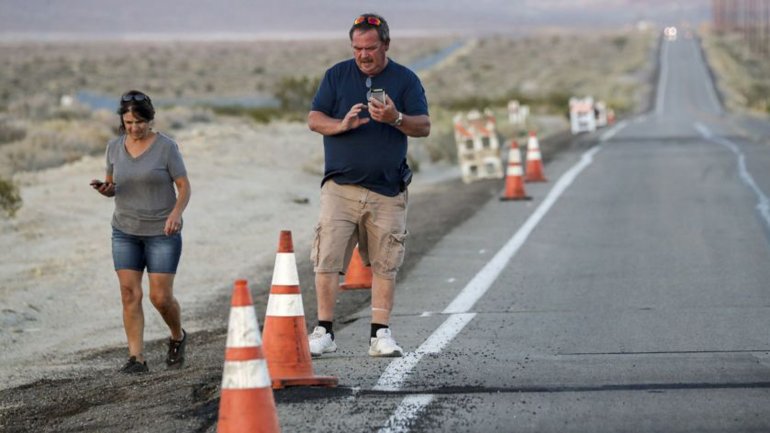
Aftershocks of the magnitude 7.1 earthquake near Ridgecrest have been creeping into areas close to two major earthquake faults, a development that is generating interest and some concern among seismologists over whether it could trigger another huge temblor.

Both faults are capable of producing new earthquakes of magnitude 7 or greater. The U.S. Geological Survey says the chance of an earthquake of magnitude 7 or greater from the July 5 earthquake is 1 in 300 — “possible, but with a low probability.”
Some aftershocks have rumbled northwest of the Searles Valley earthquake, approaching the Owens Valley fault. That fault triggered an earthquake of perhaps magnitude 7.8 or 7.9 in 1872, one of the largest in California’s modern record.
Felt as far away as Los Angeles and Sacramento, the 1872 earthquake killed 27 people — 1 out of every 10 people in the mining camp of Lone Pine — and destroyed 52 of 59 houses there.
Read the full story on LATimes.com.





















